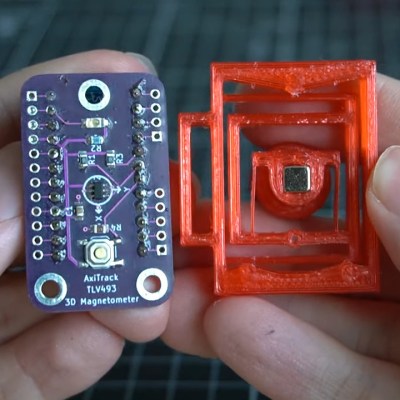This week, Hackaday’s Elliot Williams and Kristina Panos joined forces and Wonder-Twin rings to bring you the latest news, mystery sound, and of course, a big bunch of hacks from the previous week.
 First up in the news: Big boo to Bambu Labs, who have tried to clarify their new authentication scheme and probably only dug themselves in deeper with their customers.
First up in the news: Big boo to Bambu Labs, who have tried to clarify their new authentication scheme and probably only dug themselves in deeper with their customers.
On What’s That Sound, Kristina didn’t get close at all, but at least had a guess this time. Do know what it is? Let us know, and if you’re right and your number comes up, you can keep warm in a limited edition Hackaday Podcast t-shirt.
Then it’s on to the hacks and such beginning with a rather nice reverse-engineering of the Yamaha PRS-E433 keyboard, which led to a slice of Bad Apple playing on the tiny screen.
After that, we take a look at an NES musical instrument, how to make wires explode with energy, and a really cool space mouse that uses flexures. Finally, we talk about a piece of forgotten Internet history, and a whole bunch of keyboards.
Check out the links below if you want to follow along, and as always, tell us what you think about this episode in the comments!
Download in DRM-free MP3 and savor at your leisure.
Continue reading “Hackaday Podcast Episode 305: Caustic Clocks, Practice Bones, And Brick Layers”


















